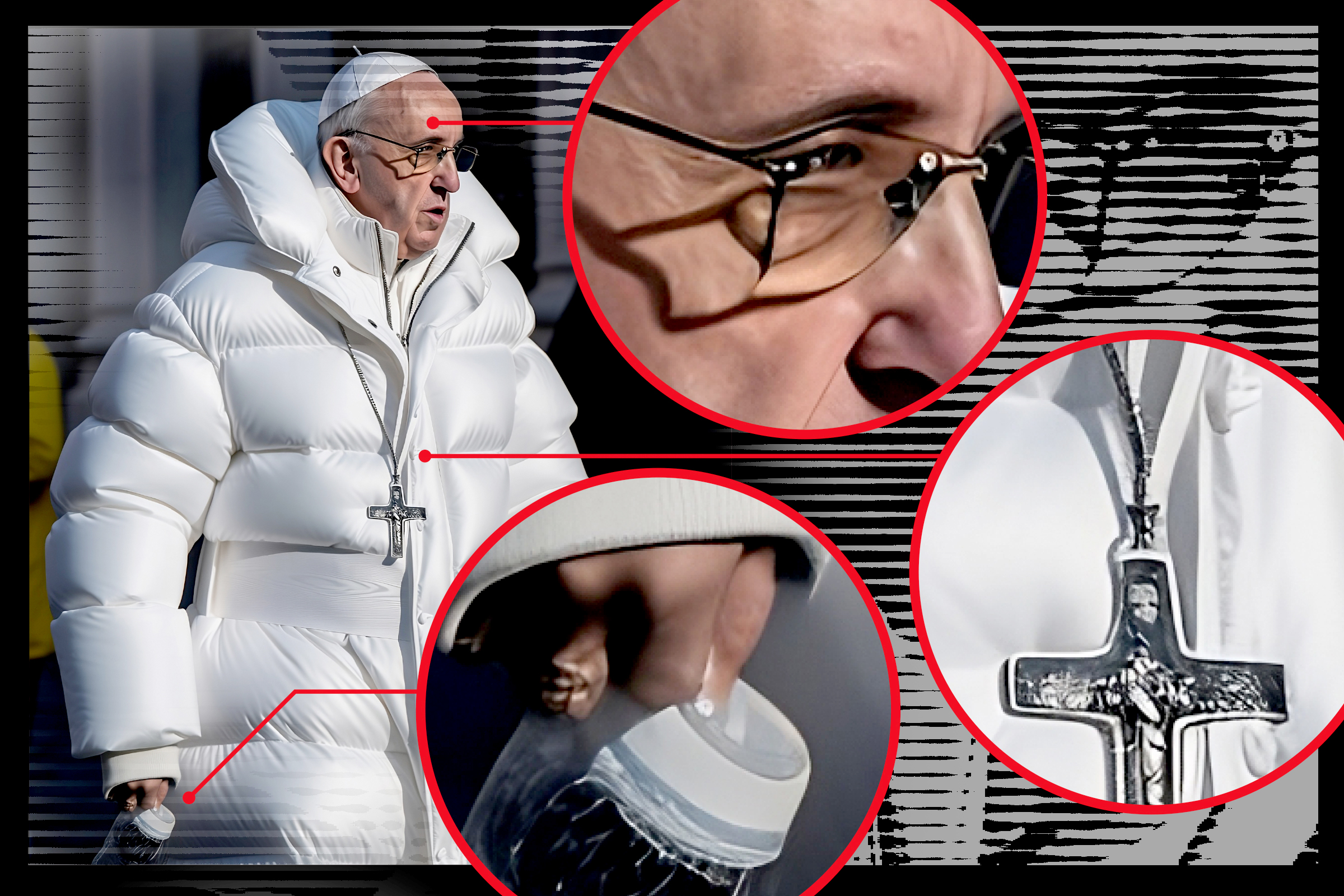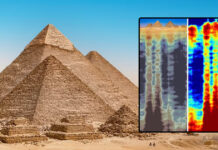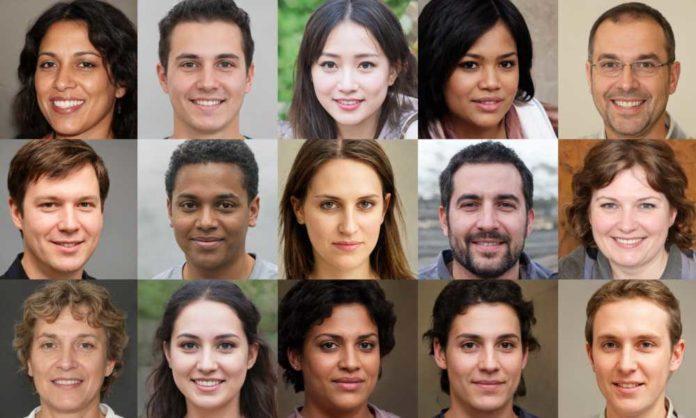In today’s digital age, the world of photography has evolved tremendously. With the advent of artificial intelligence (AI), the use of AI-generated photos is on the rise. However, with this innovation comes the risk of fake and manipulated images being circulated on the internet. In this article, we will discuss how to spot an AI-generated photo and stay aware of its implications.
AI-generated photos, also known as deepfake images, are created using machine learning algorithms that can manipulate digital images and videos to make them appear real. The AI technology used in creating these images can imitate human facial expressions, gestures, and voice patterns, making it difficult to differentiate between what is real and what is not.
Focus on the background
One way to spot an AI-generated photo is by looking at the background. AI-generated photos often have inconsistencies in the background, such as blurring or mismatched lighting. This is because the AI model may not have enough data to accurately recreate the background of a photo.

Another way to detect an AI-generated photo is by examining the lighting and shadows. AI-generated images may have inconsistent lighting, which can result in unnatural-looking shadows or reflections. This is because the AI model may not have enough information about the environment in which the photo was taken.
The edges can give it away
The edges of objects and people in an AI-generated photo can also be a giveaway. In traditional photographs, edges are typically sharp and defined, while AI-generated images may have soft edges or blurring around the edges of objects and people. This is because the AI model may not be able to recreate the edges accurately.
Additionally, AI-generated images may have repeating patterns or artifacts, especially in areas that have been manipulated. This is because the AI model may not be able to create original content and instead uses existing data to create new images.
While AI-generated images can be fun and creative, they can also have serious implications. Deepfake images can be used to spread misinformation, defame individuals, or create fake news. As a result, it is important to stay aware and cautious of the potential misuse of AI-generated photos.
Authenticate the source
To protect yourself from deepfakes, it is essential to check the authenticity of the source. Verify the source of the photo and examine it carefully for any inconsistencies or signs of manipulation. Look for other sources or angles of the same image to cross-check its authenticity.

It is also important to be aware of the context of the photo. If the image appears out of place or does not fit with the narrative of the accompanying text, it may be a fake. Check the text and captions for any misleading or false information that may be associated with the image.
With the rise of AI-generated images, it is important to stay vigilant and informed. By examining the background, lighting, edges, and patterns of an image, one can detect potential deepfakes. Additionally, it is crucial to verify the source and context of an image to ensure its authenticity. With these tips in mind, we can stay protected from the dangers of fake and manipulated images.








































